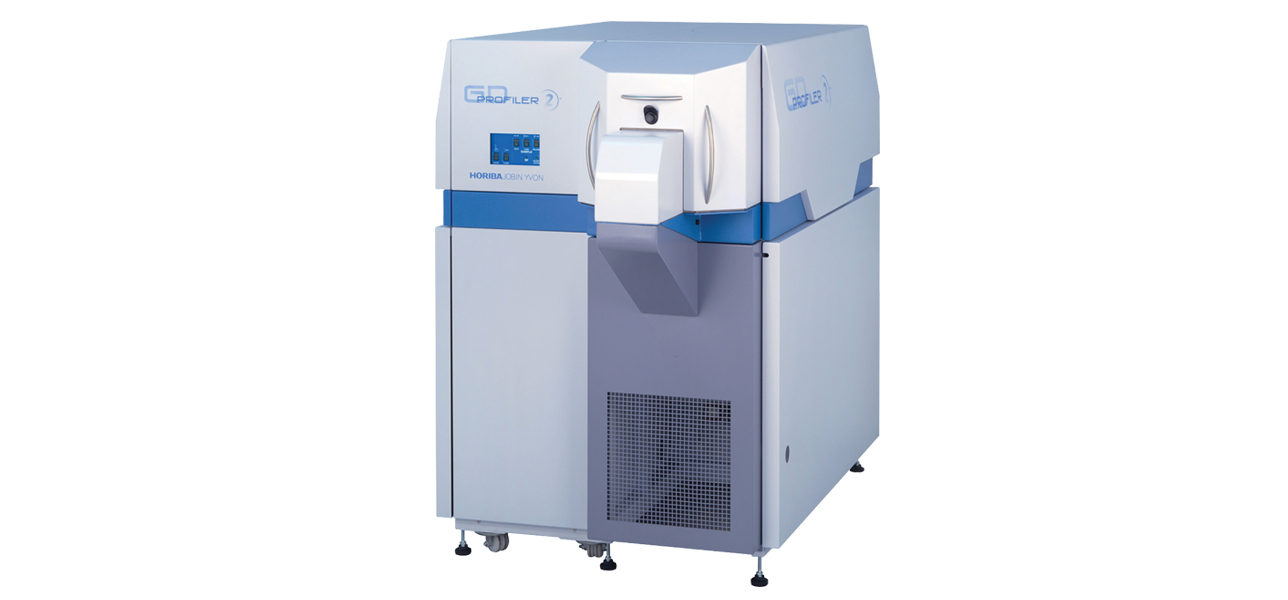Research Highlights
- 1: Electrochemical devices
- 2: Stationary energy storage systems
- 3: Driving range
- 4: Recharging/refueling time
- 5: Zero-emission vehicles
Analytic Laboratory (AL)
Analytic Laboratory is strategically equipped with scientific instrumentation that will be used in research and development of electrochemical devices, novel materials, and chemistries. The instrumentation for characterization of materials and interfaces is customized for the high-precision electrochemical evaluations that are critical in utilization of electrochemical systems in future transportation and stationary energy storage systems. Both batteries and fuel cells need substantial improvements in order to address demands in reliability, driving range, and recharging/refueling time while powering electric drivetrain of zero-emission vehicles.
RAMAN / AFM
The LabRAM HR Evolution confocal Raman microscope, seamlessly integrated with the SmartSPM Scanning Probe Microscope, offers a versatile and reliable platform for fast simultaneous co-localized Raman-AFM &Tip-enhanced Raman Spectroscopy (TERS). TERS brings the best of both worlds: the chemical specificity of Raman spectroscopy with imaging at high spatial resolution. We use this instrument at HIMaC for applications in corrosion on carbon felts in Proton Exchange Membrane (PEM) fuel cells and redox-flow batteries, in developing durable oxide and nitride supports for PEM fuel cell electrocatalysts, and in investigating the fundamental properties of adsorption and electrochemical reaction kinetics of the Oxygen Reduction Reaction (ORR) on fuel cell catalysts with further investigation of organic surface modifiers. The technique is also used for SEI studies of Lithium Ion Batteries as well as investigation of cathode and anode of all kinds of batteries.
XRF
X-ray Analytical microscope combines fast mapping over large areas and non-destructive elemental analysis (EDXRF) with the capability to pinpoint individual particles or defects down to <10 µm in size. An incident X-ray beam is guided towards the sample placed in the mapping stage. Then X-ray fluorescence spectrum and transmission X-ray intensity are recorded at each point, allowing for qualitative and quantitative elemental analysis, mapping, and hyperspectral imaging. XRF has applications in detecting and determining the composition of foreign particles in battery films, quality control in the pharmaceutical industry, and non-destructive investigation of biological and archaeological samples. HIMaC applies the capabilities of this instrument to quantify electrode content (Sm, Ce, Zr and Y for Solid Oxide Ruel Cells; Pt, Au, Pd, Ru, Cu for PEM Fuel Cells; Li, Al, Ni, Mn, Zn etc. for Batteries).
GD-OES
GDOES is a destructive technique providing depth profiles and elemental compositions from the first nanometers down to hundreds of microns into the samples. The technique is fast (about 10 minutes per sample) and can characterize all elements from hydrogen to uranium. The GD-Profiler uses differential interferometry profiling to independently measure the depth of the crater and the erosion rate, resulting in excellent depth resolution (nm scale). HIMaC uses the GD-OES to perform elemental depth profiles on materials involved in batteries and fuel cells such as both novel and commercial electrodes and catalysts. For example, with the precise depth information of the GD-OES its possible to track the ion transport in batteries at different states of charge.
Particle Size Analyzer
Dynamic light scattering (DLS) measures particle size (0.3 nm – 8 µm) distribution and zeta potential of a colloidal suspension are used by the Particle Size Analyzer SZ-100. The instrument utilizes a small volume of suspension and uses automatic titration for change of the pH, measuring the zeta potential depending on the set pH value. HIMaC uses this instrument to analyse the stability of Pt/C and ionomer ink suspensions for making PEM fuel cells, and as one of multiple quality control steps in the synthesis of advanced ORR catalyst nanoparticles for fuel cells. Active material for anode and cathode, carbon and binder ink suspensions are analysed to be able to improve the coating process. Li-Ion cathode materials are an obvious example of this application, but next generation battery chemistries are also investigated.




